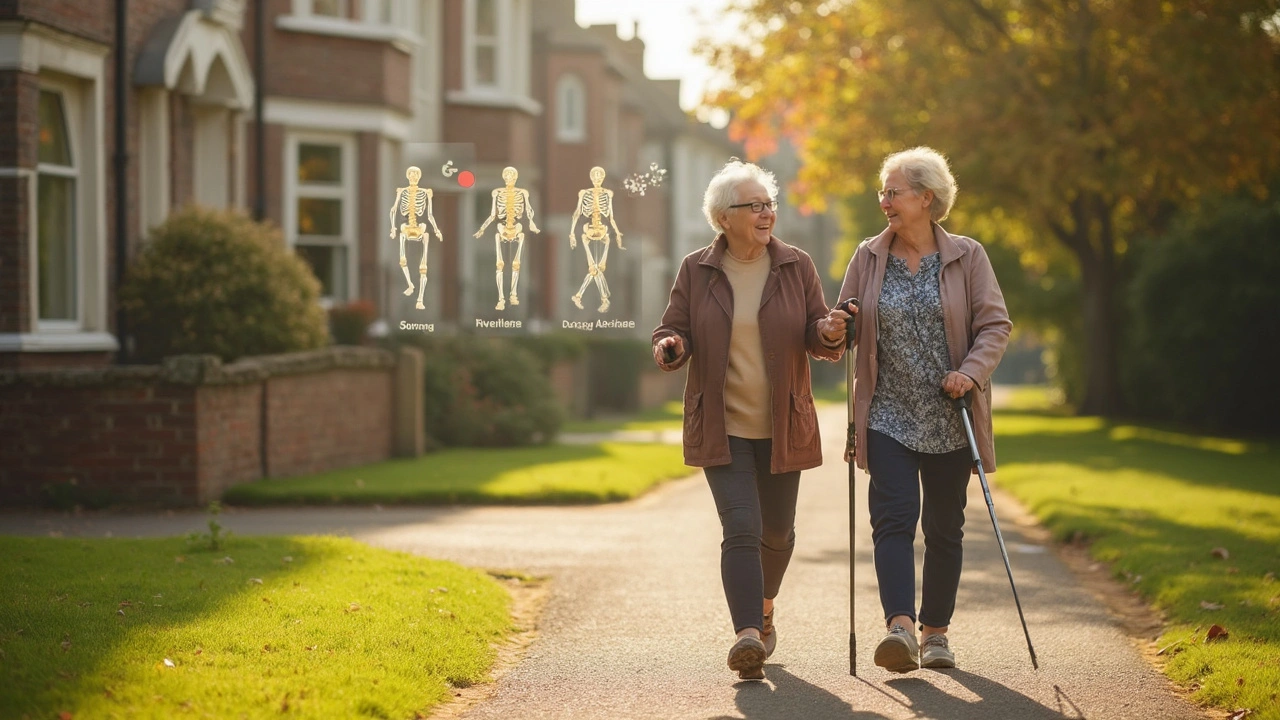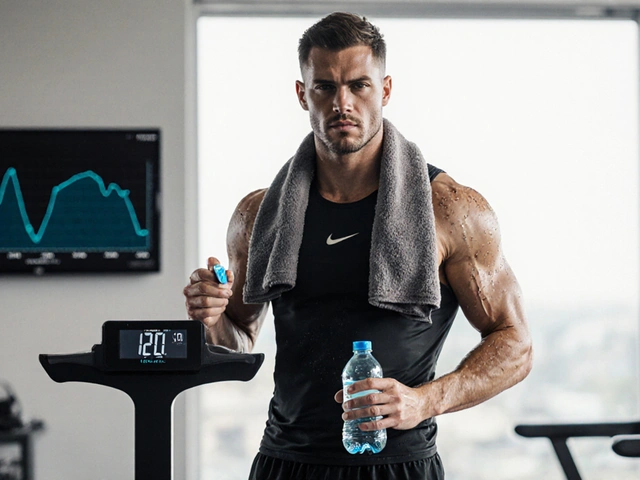Osteoporosis: What You Need to Know Now
Osteoporosis weakens bones until they break more easily. You rarely feel it until a fracture happens, so knowing the facts and taking simple steps can make a real difference. Below are clear actions, testing tips, and treatment basics anyone can use.
Who’s at risk and how it’s diagnosed
Women after menopause, older adults, people on long-term steroids, and those with certain conditions (like low body weight, smoking history, or long-term poor nutrition) face higher risk. Want proof? A bone density test (DEXA) tells the story: it measures bone mineral density and gives a T-score your doctor can explain. If you’re over 65 (women) or 70 (men), or you’ve had a low-trauma fracture, ask about a DEXA scan.
Don’t wait for pain. Even height loss or a stooped posture can hint at vertebral fractures. If you notice these, see your doctor sooner rather than later.
Prevention and daily habits that help
Small, consistent steps protect bone strength. Aim for three practical habits:
- Nutrition: Get enough calcium and vitamin D. Most older adults aim for about 1,000–1,200 mg of calcium daily and 800–2,000 IU of vitamin D, depending on advice from your doctor. Choose calcium-rich foods first—low-fat dairy, leafy greens, canned salmon with bones—and use supplements when you fall short.
- Exercise: Do weight-bearing and resistance exercises 3–5 times per week. Brisk walking, stair climbing, light weight training, and balance work cut fracture risk by improving bone and muscle strength. If you’re unsure where to start, a physiotherapist can design a safe plan.
- Lifestyle fixes: Quit smoking and keep alcohol to a minimum. Both harm bone repair and increase fall risk. Check your home: remove loose rugs, add night lights, and put grab bars in the bathroom to prevent falls.
Also review medications with your clinician—some drugs raise fracture risk and alternatives may be available.
Treatment options vary by fracture risk. First-line medicines include bisphosphonates (alendronate, risedronate) to slow bone loss. Other choices are denosumab, hormone-related therapies, and anabolic drugs that help build bone in people with severe loss. Each drug has pros and cons—talk about side effects, dosing schedules, and how long to stay on treatment.
Monitoring matters. Repeat DEXA scans every 1–3 years depending on risk and treatment. If your bone density keeps dropping or you break a bone while on treatment, your doctor may change the plan.
Questions to ask your clinician: Should I get a DEXA now? What are my calcium and vitamin D targets? Which medication fits my situation and how long will I take it? If you get clear answers, you’ll leave with steps you can actually follow.
Protecting bones doesn’t need to be complicated. Test when advised, eat right, move regularly, and fix fall risks at home. Those moves cut fractures and keep you active longer.

Estrogen plays a key role in keeping bones strong, especially as women age. When estrogen levels dip, usually around menopause, the risk of osteoporosis shoots up. This article breaks down exactly how estrogen protects bones and what happens when your body makes less of it. You'll also get practical tips on bone health and learn about different options for preventing and treating osteoporosis. Everything is backed by solid science, but explained in simple language.





